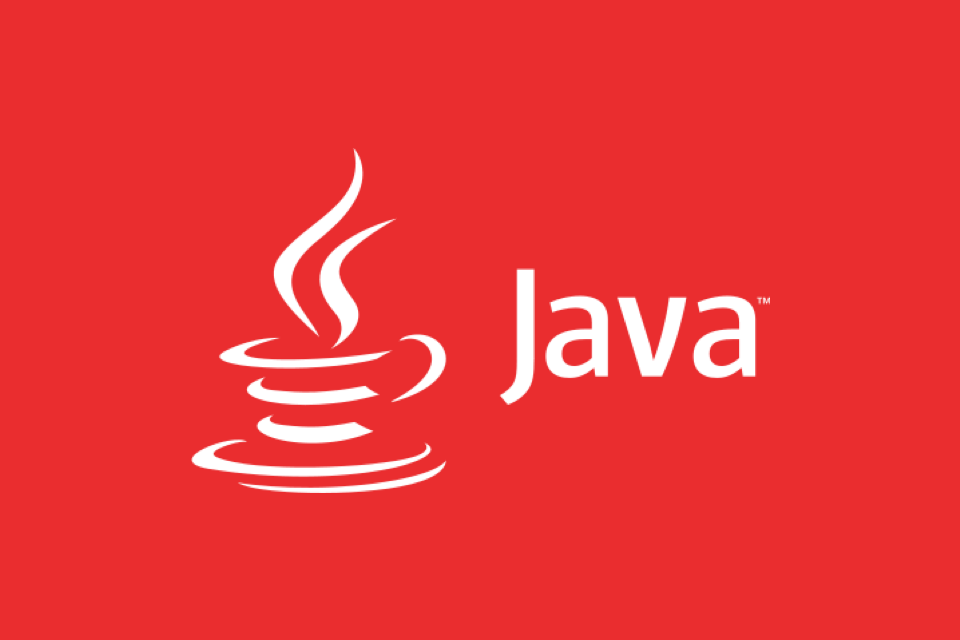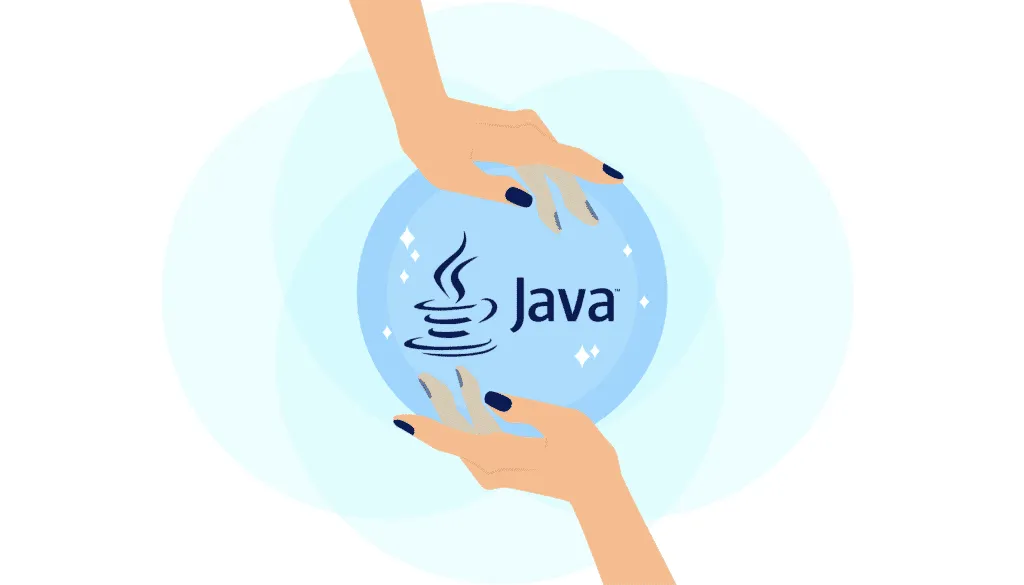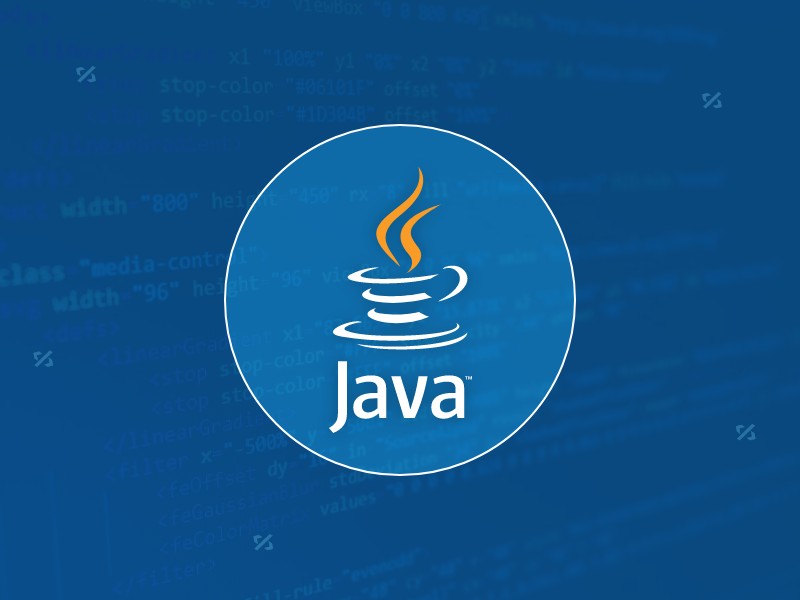Java REST API unit testing is used with MockMVC to efficiently verify interface behavior. 1. Initialize MockMVC. The most commonly used @WebMvcTest annotation to automatically configure it, or manually build it through MockMvcBuilders; 2. When simulating a request, HTTP methods such as GET and POST can be implemented through chain calls and combined with assertion verification results; 3. To handle authentication, spring-security-test can be introduced and users can be simulated using @WithMockUser; 4. Pay attention to common pitfalls such as controller scanning, JSON format, CORS impact and assertion methods.

When writing Java's REST API, unit testing is an inescapable link. Using MockMVC to do unit testing is a convenient and practical choice. It can simulate HTTP requests and verify interface behavior without actually starting the server, which is efficient and low-cost.

Here are some questions and practices you may be concerned about:

How to initialize MockMVC
The most common way to use MockMVC in your test is to load Spring MVC configuration via the @WebMvcTest annotation. This annotation will automatically configure the MockMVC instance and only load the Controller-related beans, excluding the database-related parts.
@WebMvcTest(MyController.class)
class MyControllerTest {
@Autowired
private MockMvc mockMvc;
} If you are using a complete context (such as an integrated database), you can also use MockMvcBuilders.webAppContextSetup(context).build() to build it manually.

How to simulate various types of requests
GET, POST, PUT, DELETE can all be easily simulated. MockMVC provides a chained call method, with clear structure and easy assertion to return results.
For example, I want to test a GET interface /api/users/123 :
mockMvc.perform(get("/api/users/123"))
.andExpect(status().isOk())
.andExpect(jsonPath("$.name").value("John"));If it is POST, with JSON data, you can write it like this:
mockMvc.perform(post("/api/users")
.contentType(MediaType.APPLICATION_JSON)
.content("{\"name\":\"Alice\"}"))
.andExpect(status().isCreated());A few points to pay attention to:
- To set the correct
Content-Type - The JSON string format must be correct, or you can use
ObjectMapperto convert objects - If there are path parameters, you can directly splice them, such as
{id}/api/users/{id}id}
How to handle authentication and safety verification
Many REST APIs require permission control, such as the login status of JWT or Spring Security. At this time, the request will be intercepted.
One solution is to introduce spring-security-test , then inject UserDetailsService into the test class or create a test user.
The sample code is as follows:
@WithMockUser(username = "testuser", roles = {"USER"})
@Test
void shouldAccessSecuredApi() throws Exception {
mockMvc.perform(get("/api/private"))
.andExpect(status().isOk());
}This annotation can simulate the behavior of a logged-in user and avoid manually adding tokens every time.
Frequently Asked Questions and Precautions
Sometimes the test cannot run, it is not a logic problem, but a wrong configuration. Here are a few common pitfalls:
- The controller is not scanned : Make sure
@WebMvcTestspecifies the correct Controller class, or check the component scan range. - JSON parsing failed : There is a problem with the JSON format returned or sent. It is recommended to use
ObjectMapperto construct the data instead of hard-write strings. - Cross-domain issues do not affect MockMVC : Because it is a mock request, the CORS setting will not take effect, but the real environment may error.
- Don't rely on log output to determine right or wrong : use
.andExpect(...)to clearly assert the status code, content, etc.
Basically that's it. MockMVC is a very practical tool. Although it is a bit long-winded at the beginning, it can write quickly after getting familiar with it and cover most scenarios.
The above is the detailed content of Unit Testing Java REST APIs with MockMVC. For more information, please follow other related articles on the PHP Chinese website!

Hot AI Tools

Undress AI Tool
Undress images for free

Undresser.AI Undress
AI-powered app for creating realistic nude photos

AI Clothes Remover
Online AI tool for removing clothes from photos.

Clothoff.io
AI clothes remover

Video Face Swap
Swap faces in any video effortlessly with our completely free AI face swap tool!

Hot Article

Hot Tools

Notepad++7.3.1
Easy-to-use and free code editor

SublimeText3 Chinese version
Chinese version, very easy to use

Zend Studio 13.0.1
Powerful PHP integrated development environment

Dreamweaver CS6
Visual web development tools

SublimeText3 Mac version
God-level code editing software (SublimeText3)
 Asynchronous Programming Techniques in Modern Java
Jul 07, 2025 am 02:24 AM
Asynchronous Programming Techniques in Modern Java
Jul 07, 2025 am 02:24 AM
Java supports asynchronous programming including the use of CompletableFuture, responsive streams (such as ProjectReactor), and virtual threads in Java19. 1.CompletableFuture improves code readability and maintenance through chain calls, and supports task orchestration and exception handling; 2. ProjectReactor provides Mono and Flux types to implement responsive programming, with backpressure mechanism and rich operators; 3. Virtual threads reduce concurrency costs, are suitable for I/O-intensive tasks, and are lighter and easier to expand than traditional platform threads. Each method has applicable scenarios, and appropriate tools should be selected according to your needs and mixed models should be avoided to maintain simplicity
 Best Practices for Using Enums in Java
Jul 07, 2025 am 02:35 AM
Best Practices for Using Enums in Java
Jul 07, 2025 am 02:35 AM
In Java, enums are suitable for representing fixed constant sets. Best practices include: 1. Use enum to represent fixed state or options to improve type safety and readability; 2. Add properties and methods to enums to enhance flexibility, such as defining fields, constructors, helper methods, etc.; 3. Use EnumMap and EnumSet to improve performance and type safety because they are more efficient based on arrays; 4. Avoid abuse of enums, such as dynamic values, frequent changes or complex logic scenarios, which should be replaced by other methods. Correct use of enum can improve code quality and reduce errors, but you need to pay attention to its applicable boundaries.
 Understanding Java NIO and Its Advantages
Jul 08, 2025 am 02:55 AM
Understanding Java NIO and Its Advantages
Jul 08, 2025 am 02:55 AM
JavaNIO is a new IOAPI introduced by Java 1.4. 1) is aimed at buffers and channels, 2) contains Buffer, Channel and Selector core components, 3) supports non-blocking mode, and 4) handles concurrent connections more efficiently than traditional IO. Its advantages are reflected in: 1) Non-blocking IO reduces thread overhead, 2) Buffer improves data transmission efficiency, 3) Selector realizes multiplexing, and 4) Memory mapping speeds up file reading and writing. Note when using: 1) The flip/clear operation of the Buffer is easy to be confused, 2) Incomplete data needs to be processed manually without blocking, 3) Selector registration must be canceled in time, 4) NIO is not suitable for all scenarios.
 How does a HashMap work internally in Java?
Jul 15, 2025 am 03:10 AM
How does a HashMap work internally in Java?
Jul 15, 2025 am 03:10 AM
HashMap implements key-value pair storage through hash tables in Java, and its core lies in quickly positioning data locations. 1. First use the hashCode() method of the key to generate a hash value and convert it into an array index through bit operations; 2. Different objects may generate the same hash value, resulting in conflicts. At this time, the node is mounted in the form of a linked list. After JDK8, the linked list is too long (default length 8) and it will be converted to a red and black tree to improve efficiency; 3. When using a custom class as a key, the equals() and hashCode() methods must be rewritten; 4. HashMap dynamically expands capacity. When the number of elements exceeds the capacity and multiplies by the load factor (default 0.75), expand and rehash; 5. HashMap is not thread-safe, and Concu should be used in multithreaded
 Effective Use of Java Enums and Best Practices
Jul 07, 2025 am 02:43 AM
Effective Use of Java Enums and Best Practices
Jul 07, 2025 am 02:43 AM
Java enumerations not only represent constants, but can also encapsulate behavior, carry data, and implement interfaces. 1. Enumeration is a class used to define fixed instances, such as week and state, which is safer than strings or integers; 2. It can carry data and methods, such as passing values ??through constructors and providing access methods; 3. It can use switch to handle different logics, with clear structure; 4. It can implement interfaces or abstract methods to make differentiated behaviors of different enumeration values; 5. Pay attention to avoid abuse, hard-code comparison, dependence on ordinal values, and reasonably naming and serialization.
 What is a Singleton design pattern in Java?
Jul 09, 2025 am 01:32 AM
What is a Singleton design pattern in Java?
Jul 09, 2025 am 01:32 AM
Singleton design pattern in Java ensures that a class has only one instance and provides a global access point through private constructors and static methods, which is suitable for controlling access to shared resources. Implementation methods include: 1. Lazy loading, that is, the instance is created only when the first request is requested, which is suitable for situations where resource consumption is high and not necessarily required; 2. Thread-safe processing, ensuring that only one instance is created in a multi-threaded environment through synchronization methods or double check locking, and reducing performance impact; 3. Hungry loading, which directly initializes the instance during class loading, is suitable for lightweight objects or scenarios that can be initialized in advance; 4. Enumeration implementation, using Java enumeration to naturally support serialization, thread safety and prevent reflective attacks, is a recommended concise and reliable method. Different implementation methods can be selected according to specific needs
 Java Optional example
Jul 12, 2025 am 02:55 AM
Java Optional example
Jul 12, 2025 am 02:55 AM
Optional can clearly express intentions and reduce code noise for null judgments. 1. Optional.ofNullable is a common way to deal with null objects. For example, when taking values ??from maps, orElse can be used to provide default values, so that the logic is clearer and concise; 2. Use chain calls maps to achieve nested values ??to safely avoid NPE, and automatically terminate if any link is null and return the default value; 3. Filter can be used for conditional filtering, and subsequent operations will continue to be performed only if the conditions are met, otherwise it will jump directly to orElse, which is suitable for lightweight business judgment; 4. It is not recommended to overuse Optional, such as basic types or simple logic, which will increase complexity, and some scenarios will directly return to nu.
 How to fix java.io.NotSerializableException?
Jul 12, 2025 am 03:07 AM
How to fix java.io.NotSerializableException?
Jul 12, 2025 am 03:07 AM
The core workaround for encountering java.io.NotSerializableException is to ensure that all classes that need to be serialized implement the Serializable interface and check the serialization support of nested objects. 1. Add implementsSerializable to the main class; 2. Ensure that the corresponding classes of custom fields in the class also implement Serializable; 3. Use transient to mark fields that do not need to be serialized; 4. Check the non-serialized types in collections or nested objects; 5. Check which class does not implement the interface; 6. Consider replacement design for classes that cannot be modified, such as saving key data or using serializable intermediate structures; 7. Consider modifying






